Contemporary Lynx presents a young and upcoming artist Adrian Kolerski in conversation with Michal Trávníček – a curator from Industra gallery in Brno, Czech Republic. The interview took place on the occasion of a group exhibition entitled Box: Krakow at Industra, which includes Adrian’s recent paintings. The exhibition is open until 26 June 2014.
Michal Trávníček: Your artworks are very specific – soft in their deepness and silent in their Scream. Are you a gentle person? Where do you get your inspiration?
Adrian Kolerski: Most of all, I’m inspired by the image itself. I like the way the flat surface of an image works. The aesthetics of the image is something important for me, something that I pay a lot of attention to. For me the whole spectrum of art is relevant; from painting through photography to the movie. What matters is the image. It’s essential. It is an inspiration and purpose. Such face-to-face meetings with images always make me realize that I can be sensitive.
MT: Your paintings look like old pieces of paper. They look like a transfer medium of time. Is the topic of time important to you? If so, why?
AK: The issue of time is present in my works but I would rather describe it as impermanence. However, it’s not nostalgia or longing for bygone times. None of these sentimental things. I’m interested in changes that occur. The presence of such phenomena as volatility and transience is important. The fact that nothing is permanent. The fact that there are no certainties. This generates new phenomenon constantly. I paint what is linked with my time, with the world I live in – a world that is alive and ever-changing. Cracked paintings are not only painting here and now. It is also interference in the future, the introduction of noise. Mixing up imperfections I create with those that will naturally arise in the future. I don’t think about my painting as damaged canvas, paint and paper, but rather as an image that passes, changes, is reinterpreted.
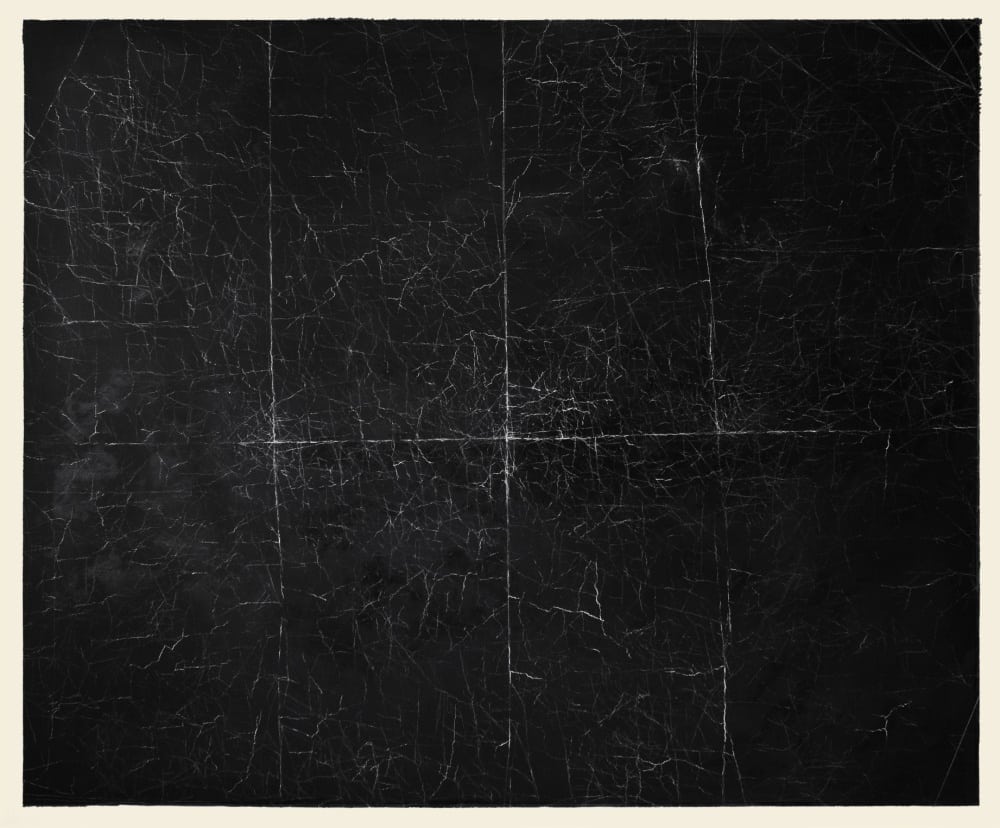
Adrian Kolerski, Untitled, 2013, oil on canvas, 150 x 180 cm, photo courtesy the artist
MT: Apart of the folded canvas with layers of colours, you are also working with collage, I chose one of your paintings, which reminds me the school of Bauhaus. Is there any connection?
AK: Bauhaus is a broad topic. It was a revolution. I like its sterility, abstract tendencies, and the presence of modules used to create different variants. Two of the exhibited works are made of coloured cubes. They work in the abstract. You can spot a certain resemblance to things coming from Bauhaus. But it was not my intention. The image that you associate with Bauhaus is like looking from a distance. It shows small-scale images. They interact with new inspirations, subsequent influences and fresh impulses. It shows a panorama against which changes happen. This is the process of formation and transformation of images.
MT: For your last exhibition in Poland, Michał Hankus (A Game of Indifference) wrote, that your approach to painting is different. He called it “painted materiality”. Do you consider the material of canvas more important than colours themselves?
AK: Personally, I am far from technical considerations. I’m interested in the image itself and its power of influence. Colour and technique are intuitive. I look at it in the simplest possible way. I am aware, however, that this is not a typical way of painting.
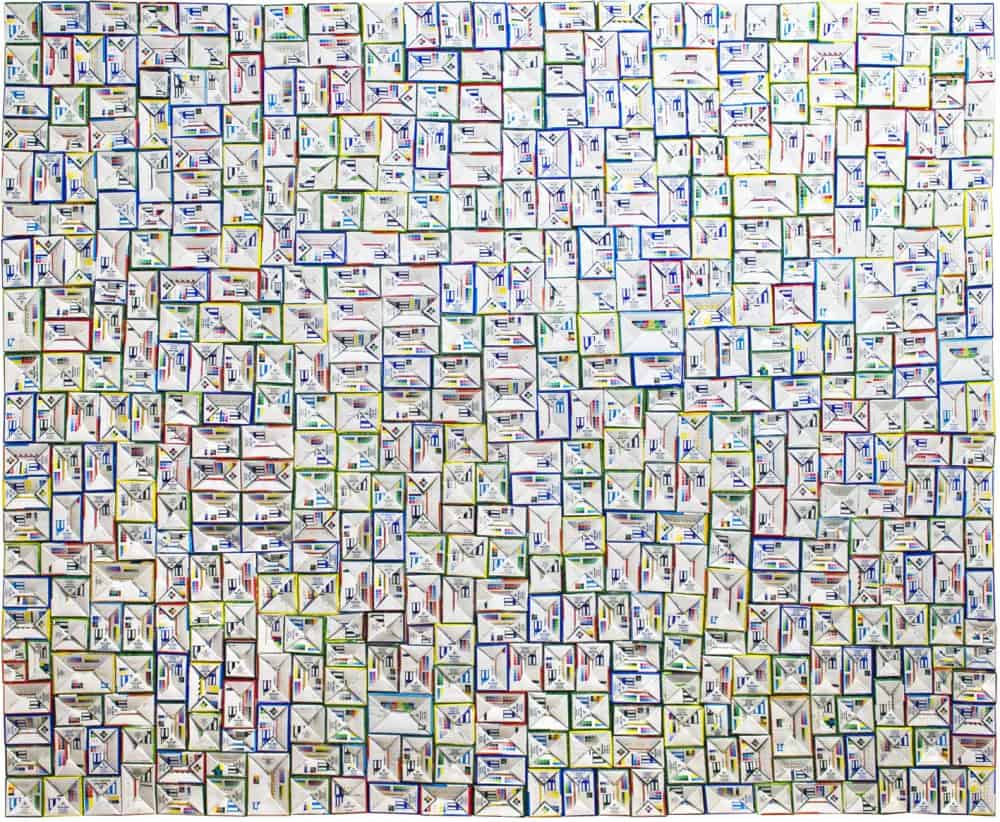
Adrian Kolerski, Pulses, 2013, object (525 cartboard modules), 180 x 150 cm, photo courtesy the artist
MT: I would like to discuss another piece – “Impulses[K1] Pulses ” – that is made of cardboard boxes. Why is it called like that? I understand it as a critic of consumer society.
AK: Not at all. It has nothing to do with criticism of consumer society. I do not comments, instruct or give advice. The work referred to is about something else. It’s about impulses that trigger the need to create images. That is why, these works show a plethora of coloured dots, which make focusing vision in one place difficult. You cannot see the beginning or the end of the composition. Gaze wanders across the surface of the image. All impulses are in constant motion and there is no explicit indication of which one is responsible for the creation of a specific image. As a result, the image seems to have no beginning. It just emerges. It is a stimulus similar to those which I encounter in the world. Such impulses appear suddenly, unannounced. They just are. They do not need reasons to appear in my way. I want my paintings to work in a similar way.
MT: How is your life reflected in your works?
AK: Certainly, what I do is related to who I am and what I’m like. However, I do not infuse my work with any autobiographical elements. This is not about me. It’s about the images.
MT: Can you describe your creative process? What part do you enjoy the most?
AK: I paint in the evenings and late at night. Stopping is the most important moment in the creative process. The moment when you know that the work no longer needs anything more.
MT: Have you ever worked with the scream as a topic?
AK: No. I have never worked with this theme.
MT: What are you working on right now?
AK: I continue to work on cracked images. My future plans include a short film in conjunction with music.
MT: Thank you.
Interviewed by Michal Trávníček
Translated by Contemporary Lynx
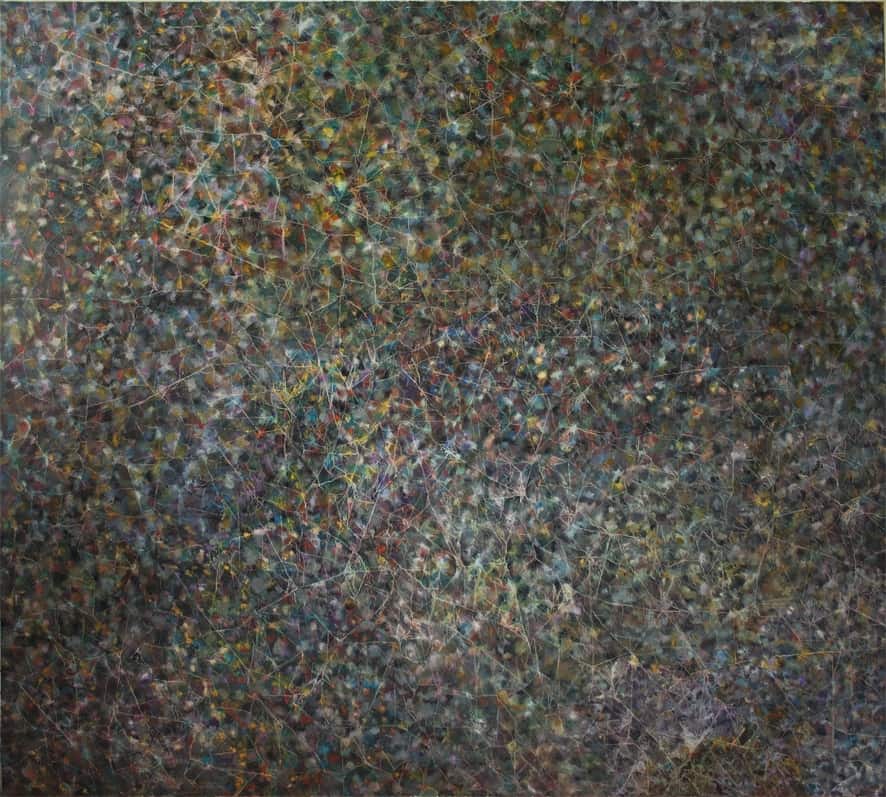
Adrian Kolerski, Untitled, 2013, oil on canvas, 160 x 180 cm, photo courtesy the artist
Adrian Kolerski, born 1986 in Szczecin, Poland. In 2012 he graduated from the Academy of Fine Arts in Krakow. His recent exhibitions include: Box: Krakow – Group exhibition, Industra, Brno, 2014; Game Of Indifference, solo exhibition, Artistic Association Open Atelier, Krakow, 2013. He was nominated to Fresh Blood Prize by Socato Art Gallery, Wroclaw, 2013; New Picture / New Look Award, Poznan 2013; Strabag Art Award , Vienna, 2012, among others.
Michal Trávníček, born1990. Curator, from 2012 Head of Art Section in Industra Galerie in Brno, Czech Republic. In 2013 he graduated from the Masaryk University in Brno. He curated exhibitions: Fresh Eggs! Contemporary Slovak conceptual art, 2013; Glory Hole, Contemporary figurative paintings and drawings of four Czech artists, 2014; Box: Krakow, Contemporary Polish art from Kraków, 2014, among others.
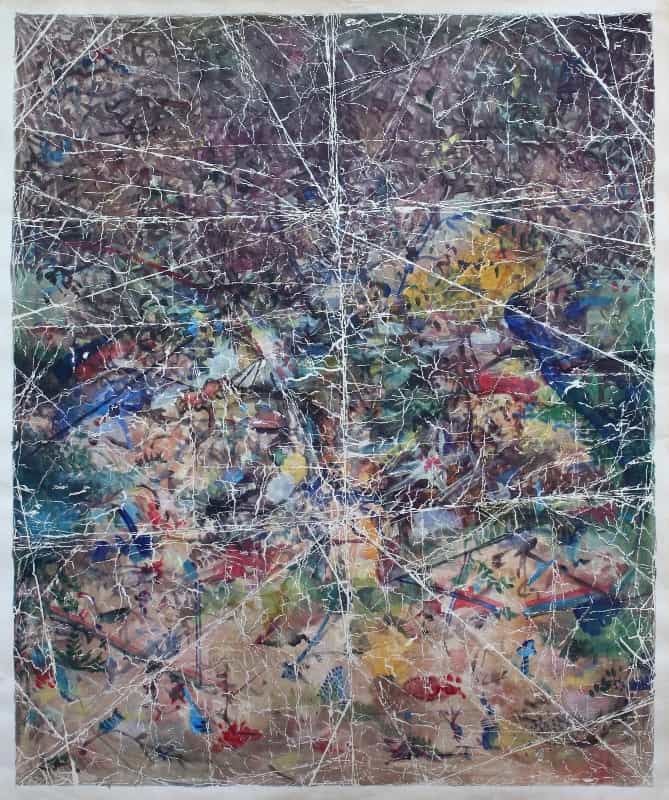
Adrian Kolerski, Untitled, 2014, guache on paper, 61 x 50,5 cm, photo courtesy the artist
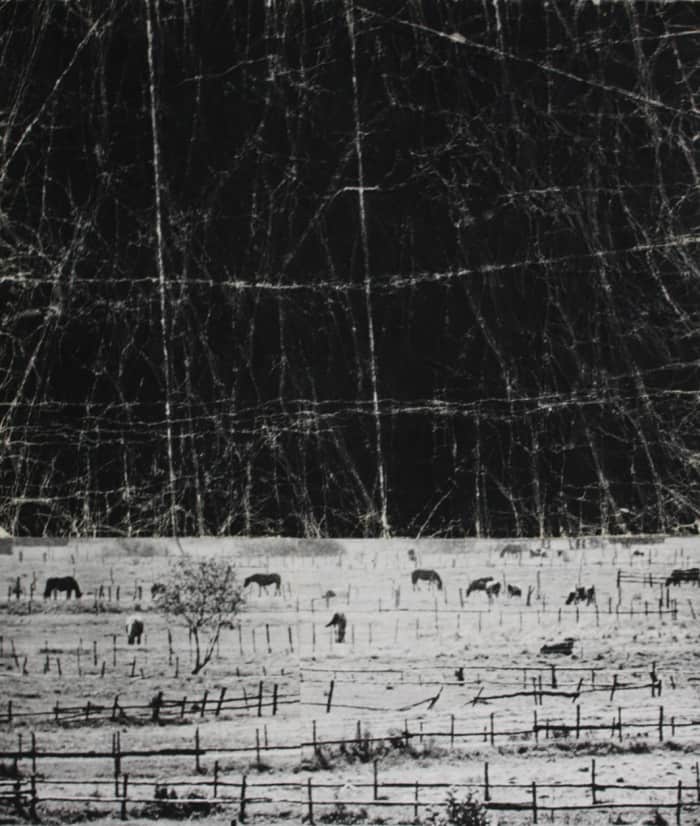
Adrian Kolerski, Untitled, 2012, collage on cardboard, photo courtesy the artist
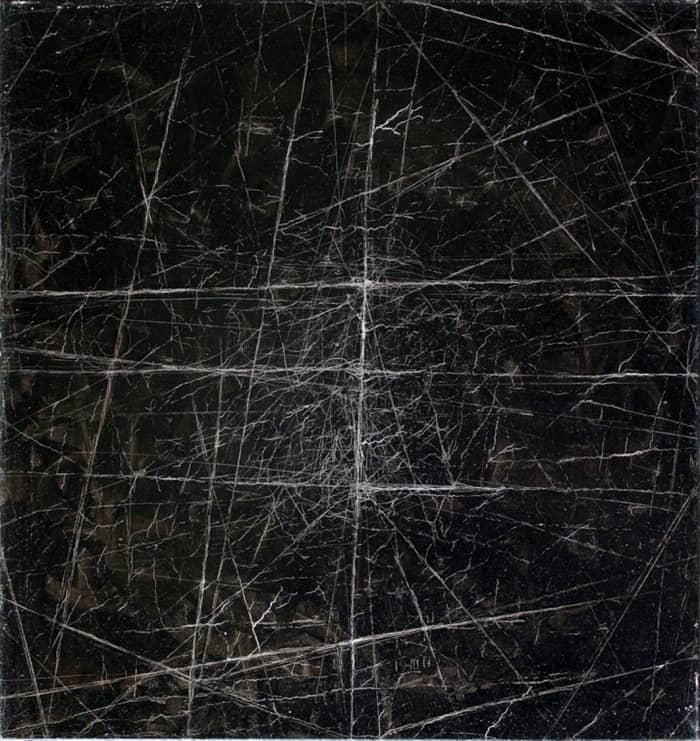
Adrian Kolerski, Untitled, 2012, oil on canvas, 68 x 64 cm, photo courtesy the artist





